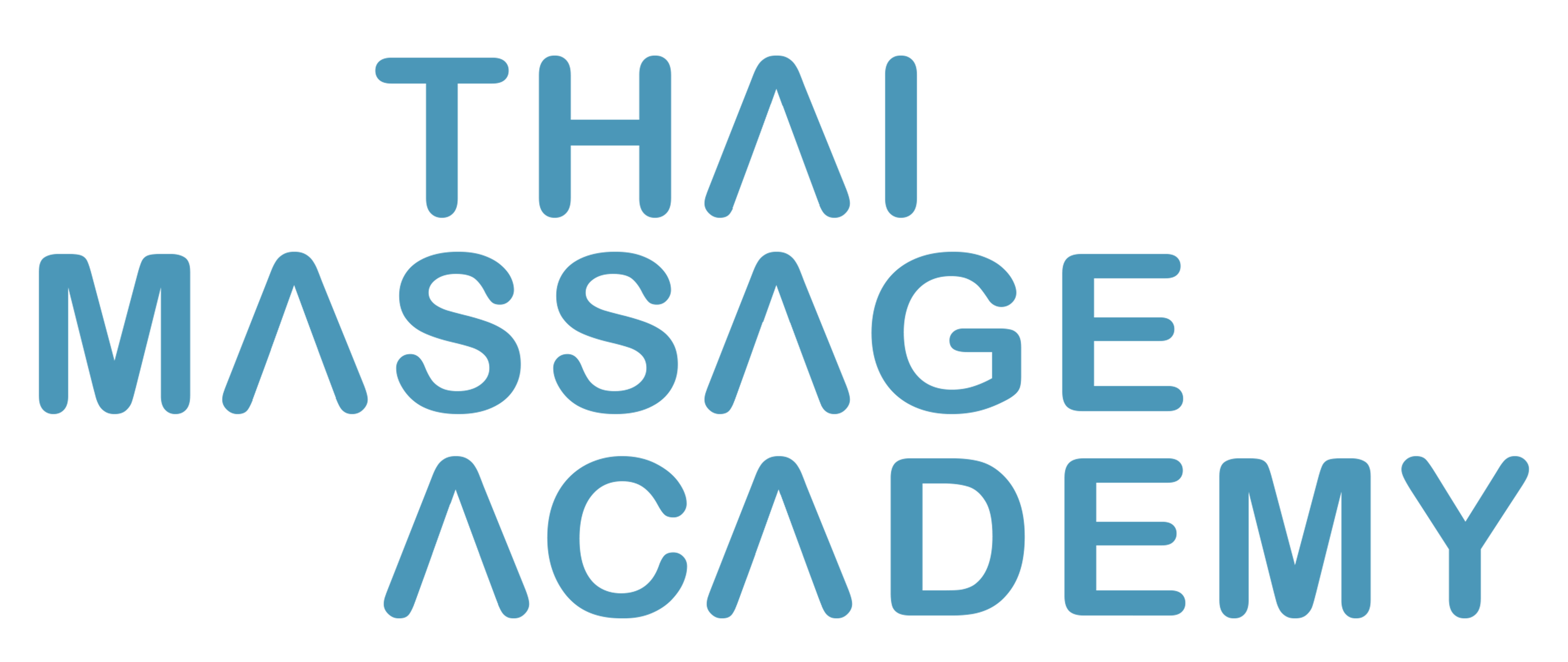TRADITIONAL CHINESE MEDICINE
The role of acupressure has been paramount in traditional
Chinese medicine (TCM) for more than 2000 years, and the fact
that it is still in use today is a testimony to its effectiveness in
the treatment of illness and pain. Acupressure is essentially a
method of sending a signal to the body (by needle or other
means) to “turn on” its own self-healing or regulatory
mechanisms. Normally, Qi (vital energy) circulates through
natural pathways in the body called meridians. Blockage of this
flow or an imbalance in Yin and Yang can cause illness and pain.
Acupressure helps to correct functional imbalances and restore
the flow thus returning the body to a more natural state of well-being.

KIDNEY 1
Location: On the sole, in the depression when the foot is in plantar flexion,
approximately at the anterior third and the posterior two thirds of the line
from the web between the 2nd and 3rd toes to the back of the heel.
Indications: Loss of consciousness, headache, pain of the neck, dizziness,
poor memory, nausea, vomiting, swelling of the pharynx, dryness of the
tongue, dysuria, constipation, chronic sore throat, hot sensation in the sole,
chronic pain and numbness of the foot/leg, lower back pain, propensity to
fear, insomnia, agitation, anxiety.

LIVER 3
Location: dorsum of the foot, in the depression proximal to the
1st metatarsal space.
Calming point – anger, irritability, insomnia, anxiety, relieves pain
of any cause in any location.
Indications: Headache, vertigo, redness, swelling and pain of the
eye, dry face, depression, hiccup, weakness, numbness and pain
of the lower extremities, difficulty in walking, irregular
menstruation, PMS, breast tenderness, epilepsy.

STOMACH 41
Location: At the junction of the dorsum of the foot and the lower
leg. in the depression at the midpoint of the transverse crease of
the ankle between the tendons m. extensor hallucis longus and
digitorum longus. Extend the toes against resistance to define the
tendons.
Indications: pain of the ankle joint, heaviness on the knee and
thigh, numbness and pain of the lower extremities, sciatica,
headache (frontal), dizziness, mental restlessness, insomnia, vertigo,
abdominal distention, constipation, burning pain in the stomach.

SPLEEN 6
Location: On the medial aspect of the lower leg, 3 cun above
the medial malleolus, on the posterior border of the medial
aspect of the tibia.
Important point for any digestive, gynaecological and
emotional condition.
Indications: irregular menstruation, dysmenorrhea etc, mass and
gathering in the abdomen, prolapse of uterus, postpartum
faintness, infertility, nocturnal emission, impotence, premature
ejaculation, hernia, dysuria, oedema, abdominal distention,
diarrhoea, paralysis of the foot, muscular pain, diseases of the
skin, insomnia, headache, dizziness, bilateral hypochondriac
pain.

STOMACH 36
Location: On the anterior aspect of the lower leg, 3 cun below
ST 35, one finger-breadth (middle finger) from the anterior crest
of the tibia.
Indications: all issues involving the Stomach a/or the Spleen:
Gastric pain, vomiting, abdominal distention/pain, indigestion.
General deficiency, palpitation, shortness of breath, poor
appetite, lassitude, dizziness. Cough and asthma. Pain in the
knee joint and leg. PMS, depression, nervousness, insomnia.

LARGE INTESTINE 4
Location: On the dorsum of the hand, between the 1st and 2nd metacarpal bones, in the
middle of the 2nd metacarpal bone on the radial side. It’s a very common and useful
point. It is useful for any condition related to the face and head. It’s also particularly useful
for flu conditions. Finally, LI 4 is known as the pain point in the body. Anywhere there is
pain, use LI 4
Indications: headache and general body-ache, dizziness,
congestion, swelling. Pain of the eye, nasosinusitis, epistaxis
(nosebleed), toothache, deafness, facial paralysis, facial tic,
aphonia (inability to speak).
Aversion to cold, fever, febrile disease, anhidrosis (no
sweating), hidrosis.
Difficult or abnormal labor/childbirth.
Gastric pain, abdominal pain, constipation, diarrhoea.
Hemiplegia, finger spasm, pain in the arm, maniac psychosis
and irritability.

GALL BLADDER 21
Location: On the shoulder, directly above the nipple, at the midpoint
of the line connecting DU 14 and the acromion.
Indications: mastitis, insufficient lactation, local point for occipital
headache, tight trapezius muscles and/or neck/shoulder pain,
dizziness, limitation of the upper extremities
Contraindicated in Pregnancy, but useful for difficult labor, retained
placenta.

YINTANG
Location: At the forehead, at the midpoint between the two
medial ends of the eyebrow.
Indications:
Frontal headache, heavy sensation of the head, vertigo
Rhinorrhea, epistaxis, sinusitis, Lumbar pain,
Insomnia


“The art of medicine consists in…
amusing the patient while nature cures the disease”
Traditional Chinese saying




